Human population migrating from one place to the next has been a natural phenomenon. There have been many naturally occurring reasons why this trend occurs but lately, nature itself has emerged as one of the main reasons why people are moving, even forced to leave their homes. Climate change has been a global problem, and with that, it has forced many to migrate causing a new wave of climate change-induced migration.
Dr Amina Maharjan is a senior specialist for livelihood and migration at International Centre for Integrated Mountain Development (ICIMOD). With over 15 years of experience, including time in Helvitas Nepal, she built interest and her career in understanding and addressing the challenges of migration. Her work began with a focus on labour migration and government initiatives. Now Maharjan’s research focuses on the impact of changes in the cryosphere on human lives.
Recently, she co-authored the HI-WISE report by ICIMOD, which explores climate change-induced migration and offers strategies to mitigate its adverse effects. In an interview with Onlinekhabar, Dr Maharjan took time out to talk about the key issues and relationship between migration and climate change.
Excerpts:

What are the major reasons for migration that we see today?
Migration can be attributed to a variety of factors, and numerous studies have shed light on its major drivers. When examining migration patterns, in this day and age, job opportunities emerge as a significant motivator. For males, employment prospects act as a strong pull or push factor, compelling them to seek better job prospects and economic stability. On the other hand, females may express their interest to migrate, citing the lack of essential amenities such as hospitals, basic services, education, and healthcare.
Additionally, the feasibility of staying in rural areas has become increasingly challenging, further reinforcing the desire to migrate to urban, more facilitated areas or even abroad. This is more common in educated individuals who want to pursue careers as per their qualifications rather than engaging in agriculture. This gradual migration often starts with one or two individuals and expands as others are inspired to follow suit, driven by the pursuit of a better quality of life and improved opportunities.
Among the many factors, can we directly link migration to climate change?
Although the link may not be direct or obvious, migration is intricately intertwined with climate change, in today’s time. Climate change-induced changes, such as erratic rainfall patterns, prolonged droughts, and increased instances of crop failure, have significantly impacted communities and their livelihoods forcing them to migrate.
While migration due to environmental factors might have occurred in the past, the frequency and intensity of such events have escalated in recent years. The rise in crop failures and agricultural disruptions has led to heightened food insecurity and increased uncertainty surrounding livelihoods. As a result, affected individuals and communities often find themselves compelled to migrate in search of more stable and secure environments.
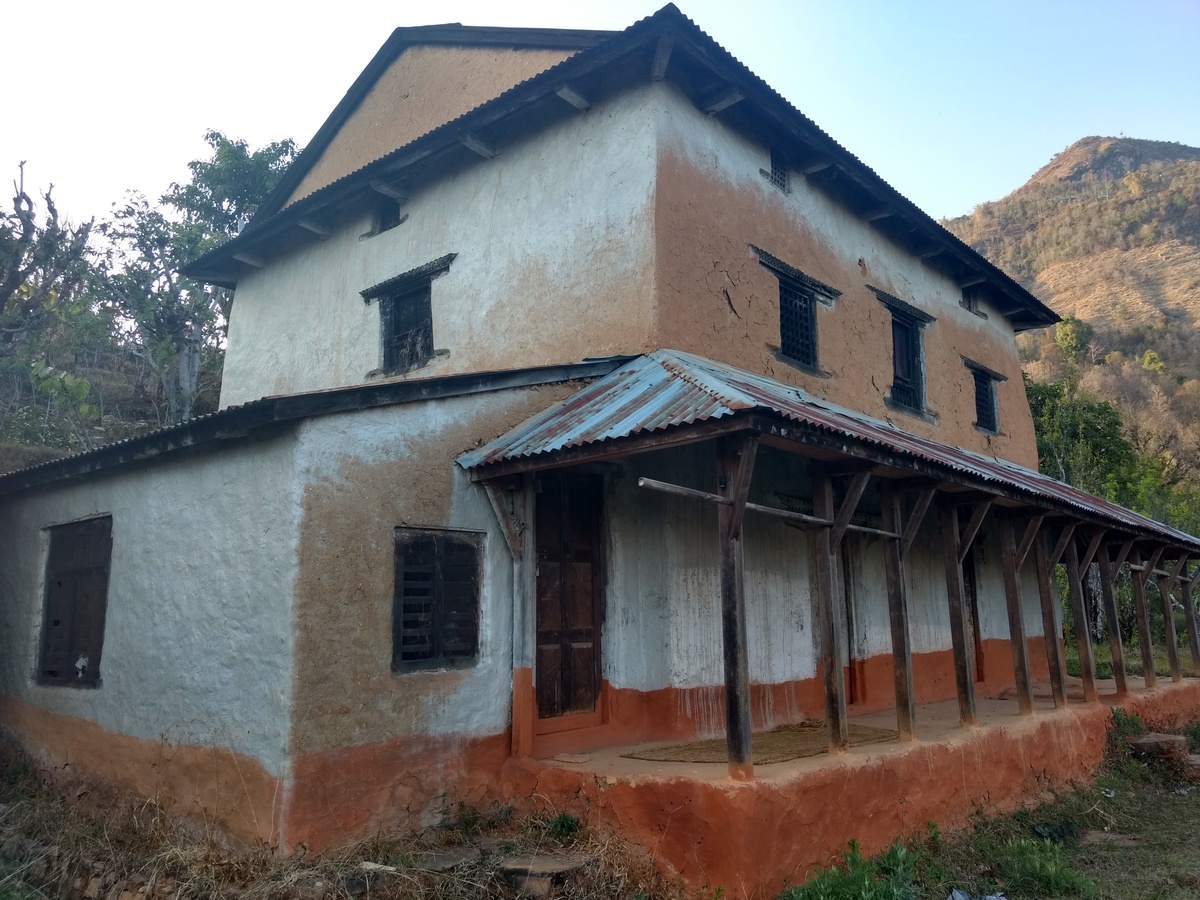
Do you have any examples to substantiate these are climate change-induced migration?
Climate change-induced migration can manifest in various ways, as evidenced by the examples of depopulation in Nuwakot and the village shift in Ramechhap.
In Nuwakot, except for a handful of families, the entire population gradually migrated over time due to water scarcity concerns. One thing to highlight here is that in Nuwakot, the decreasing water level was reported over the years even before the earthquake, suggesting that climate change has been playing a role there. But the acceleration has been too significant now.
Similarly, in Ramechhap, where one community moved abruptly, others decided to wait. People migrated to lower elevations in search of basic needs and better livelihood opportunities, leading to internal conflicts within households.
The families left behind are now grappling with the cascading impacts of the changing climate, as well as other human-wildlife conflicts and lack of other resources, prompting them to consider shifting as well. Interestingly, at the same altitude, another community was commercially engaged in agriculture, with access to water resources for irrigation, highlighting the contrasting impacts of climate change as well as climate change-induced migration in different regions and communities.
Has the decrease in groundwater level been directly linked to climate change?
The link between decreasing groundwater levels and climate change is a complex one, and while science has not definitively established a direct connection to climate change, several factors contribute to this phenomenon.
But the availability of water, when needed, is crucial for communities and people have realised it is because of climate change. Changes in snowfall and precipitation patterns, coupled with alterations in the monsoon season, can impact water levels. Additionally, factors like floods, low water retention due to runoff water levels, and even earthquakes can further accelerate the decrease in water levels.
It is worth noting that certain human activities can also play a role. Afforestation, particularly with pine forests, has affected water availability as these trees consume a significant amount of water. Furthermore, road construction projects can disrupt natural water systems, further exacerbating the issue.
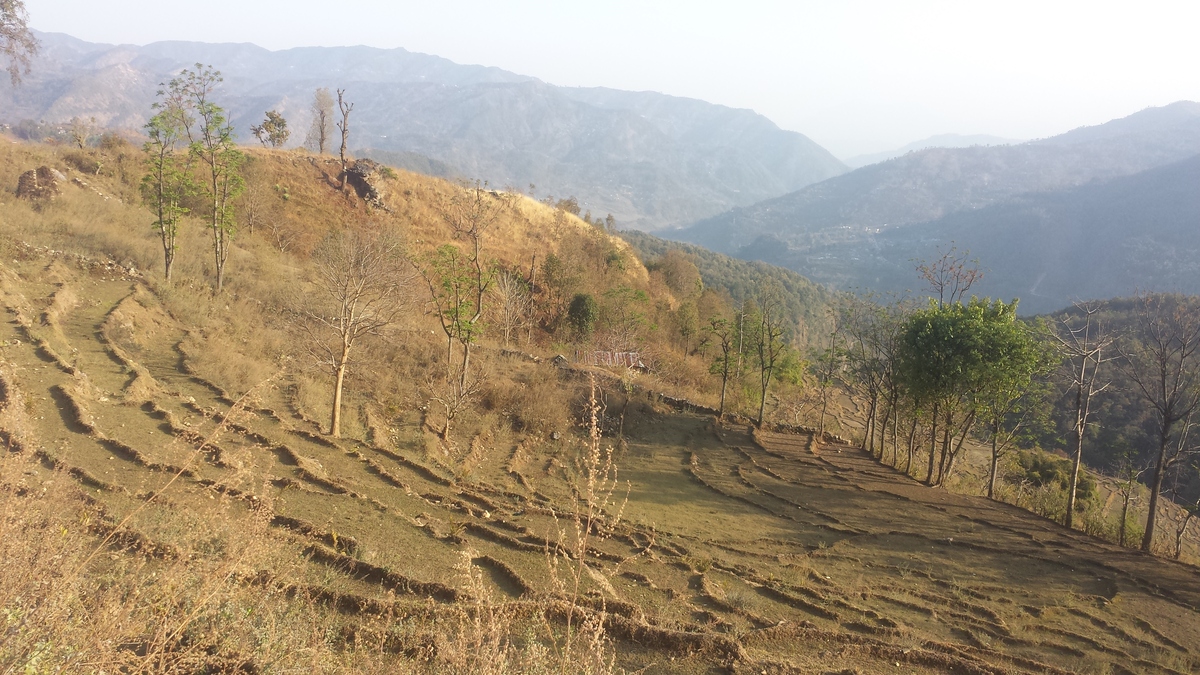
While the exact relationship between these factors and decreasing water levels may vary depending on the specific context, understanding and addressing these complex interactions is crucial for ensuring sustainable water management and mitigating the adverse impacts on communities and ecosystems.
What similarities do we see in the climate change-induced migration trend in Nepal and in other countries?
When it comes to climate change-induced migration, one commonality we see is with the areas that are heavily reliant on natural resources, such as forests, water, and tourism. We have ample evidence that these areas and communities are particularly susceptible to the impacts of environmental changes, making them highly vulnerable to disruption and thus migration.
In terms of agriculture, similar patterns can be observed globally. Of course, if we want to continue agriculture in the same areas, one needs to adopt alternative farming methods, controlled irrigation, or ensure the availability of water for irrigation purposes but that may pose more challenges in terms of resources. African countries, for example, have faced comparable issues with livestock loss and drought, highlighting the shared experiences of agricultural communities.
While some communities, like those in the Langtang Valley, may have relatively more relaxed water conditions, the absence of regular snowfall patterns impacts their livelihoods. Conversely, regions such as Ladakh are compelled to adapt to changing circumstances due to peak water and topographical alterations.
Human civilisations have historically relied on favourable water availability to flourish but water level rise has increased the complexity to identify safe spaces for migration as well, so cities are more favourable.
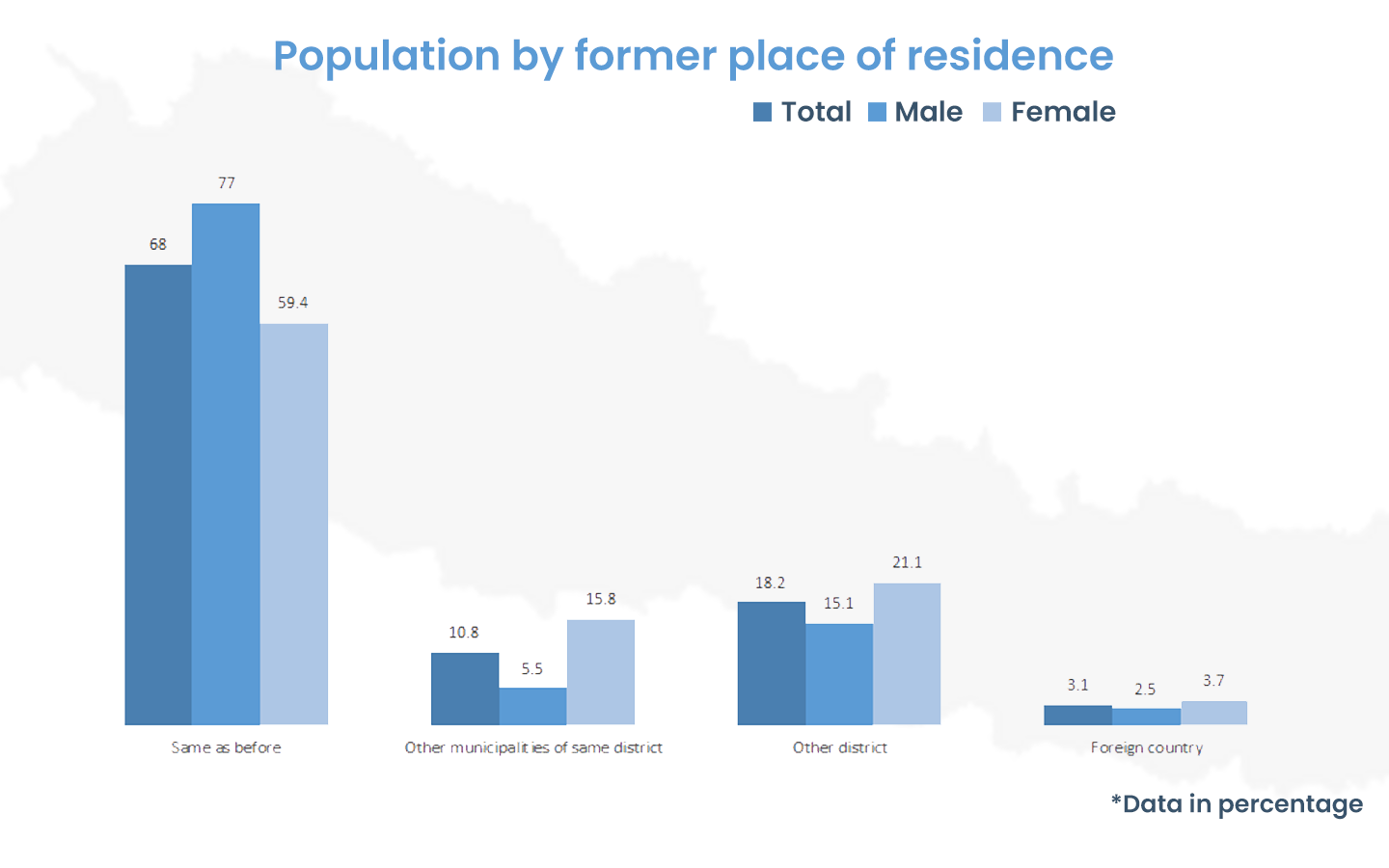
Where do you feel we are in terms of policy-level debate on the issues of migration, climate change and the intersections?
Policy-level discussions on climate change-induced migration have been characterised by a narrow and limited understanding of the issue. While there is a tendency to view migration as something that needs to be stopped, it is essential to recognise that this approach does not offer a comprehensive solution. The focus needs to shift towards developing a broader understanding of migration dynamics and complexities of immigration, emigration, depopulation, and displacement.
Globally, there is a growing recognition that cities, as major destinations for migration, need to be better prepared to accommodate and support migrant populations, with the aim of creating resilient urban environments and planned adaptation.
However, in South Asian countries, including Nepal, there has been a lack of proactive consideration of climate change-induced migration internally and its associated challenges. Except once during the reign of King Mahendra after the Kala-zar epidemic.
As of now, on a smaller scale, Kerala might serve as an example of positive developments in this regard, as it has taken steps to accommodate and support climate migrants. And in India, after the covid pandemic and the scores of photos and stories of the migrant population have catalysed some debates.
But in the larger picture, this represents a missed opportunity for developing effective strategies and policies to address the needs of those currently suffering due to climate change. While individual behavioural changes are important for adaptation, it is crucial for the state to provide support and compensation to affected individuals.
Having said that, civil society, media, and individuals are increasingly showing interest in the issue of migration and climate change. By involving multiple stakeholders and promoting a holistic understanding of the challenges, we can work towards policies that effectively address the complexities of climate change-induced migration and support vulnerable communities at the policy level.
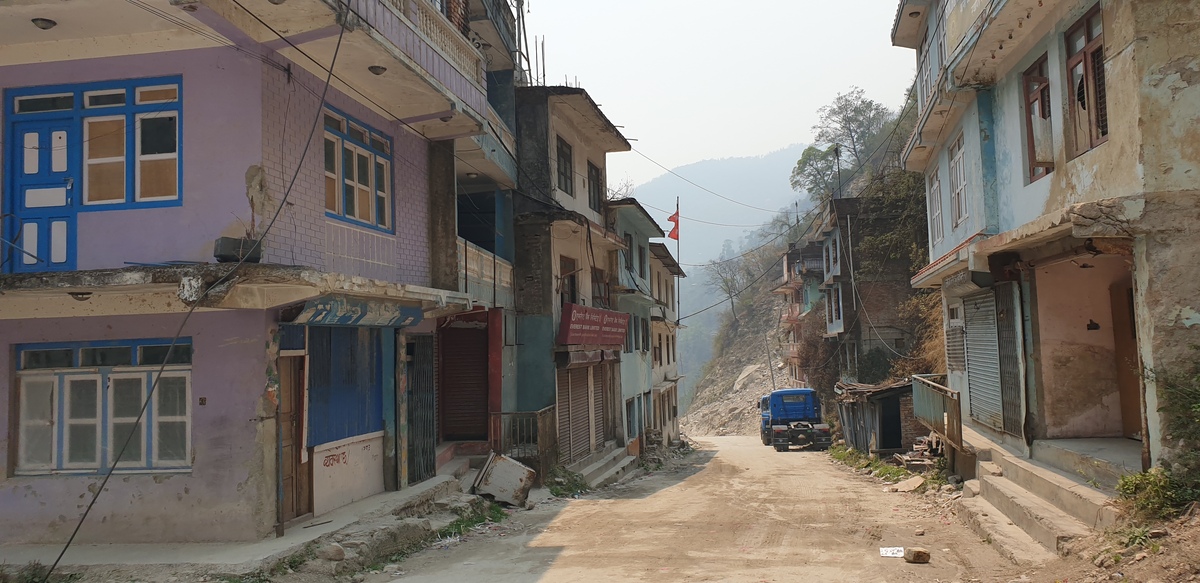
Nepal has been reeling about the advantages of the federal system. Where do you think Nepal can benefit from it in terms of this debate?
The federal system and local government play crucial roles in dealing with migration issues, particularly in reaching out to affected populations and addressing their needs. The autonomous nature of local governments allows them to gather data on people engaged in labour migration and understand the specific challenges they face. In some instances, migrants who have returned to their communities have even successfully participated in local elections, highlighting their role as active stakeholders.
Municipalities and local levels are often active and interested in addressing migration issues. However, they face limitations in terms of financial and resource availability, which can hinder their ability to effectively respond to the needs of migrants. There is a need for better synergy between the needs of migrants and the distribution of resources at the local level. Local governments can play a key role in facilitating adaptation services and supporting the shift required by migrants, with the assistance of the national level.
It is important to acknowledge that the institutional mechanisms for effectively resolving migration issues are currently lacking. There is a need to work on identifying and addressing the barriers that hinder the efficient implementation of climate change-induced migration-related policies and programs. Merely relying on technical or post-disaster fixes is insufficient. It is crucial to minimise the reliance on external interventions as it may only further marginalise already vulnerable communities. Instead, efforts should focus on empowering local communities and fostering their active participation in addressing migration challenges.
However, further work is required to strengthen institutional mechanisms, enhance resource allocation, and move beyond short-term fixes.
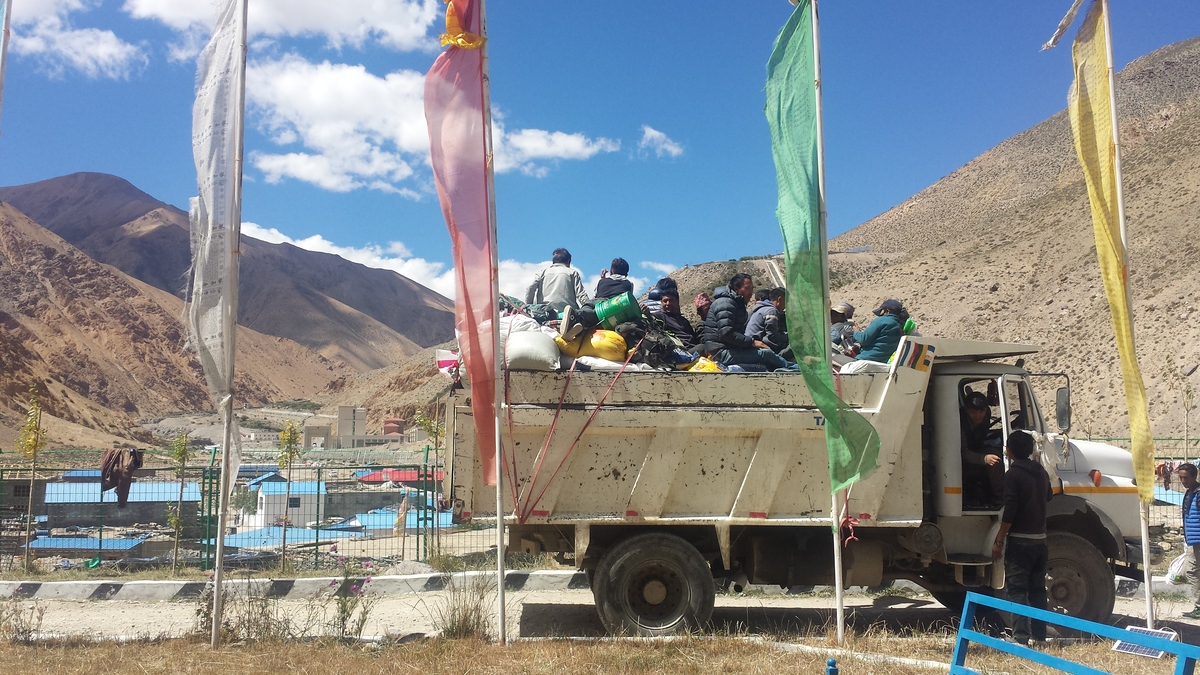
What is next for Nepal and where should it focus on to mitigate the arising problems?
To effectively address the challenges posed by climate change-induced migration, Nepal needs to take several key steps. Firstly, the country should focus on enhancing its adaptability capacity and capitalise on existing resources to support adaptation efforts. This includes recognising and utilising local knowledge, which can be combined with scientific expertise to create a blended knowledge system. Engaging local communities in decision-making processes is crucial for effective adaptation, as climate change is a global problem that requires a collaborative approach.
Discouraging distressed movement, which often leads to further vulnerabilities, is another important aspect. It is essential to provide support and resources to communities, enabling them to cope with environmental changes and minimise the need for distress migration.
Additionally, Nepal should actively participate in discussions on the loss and damage caused by climate change. By raising awareness and advocating for the needs of those who are currently suffering the most, the country can contribute to the international dialogue on addressing the impacts of climate change and climate change-induced migration.
Nepal’s government has a critical role and should take a proactive stance in addressing climate change-induced migration, and existing vulnerabilities, providing adequate resources, and actively engaging with local communities. Through increased government involvement, Nepal can strengthen its capacity to adapt to the challenges of climate change and foster sustainable solutions to climate change-induced migration that benefit both the environment and its people as well as avoid maladaptation.




















